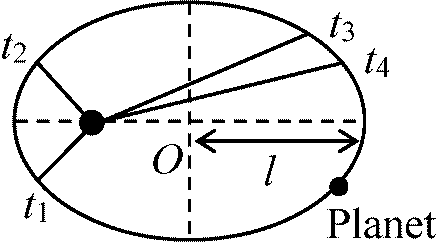(Upload on January 20 2018) [ 日本語 | English ]
Mount Usu / Sarobetsu post-mined peatland
From left: Crater basin in 1986 and 2006. Cottongrass / Daylily
HOME > Lecture catalog / Research summary > Glossary > Physics
The study of matter and its motion and behavior through space and time along with related concepts such as energy and forceThe ten most beautiful experiments in physicsEratosthenes: measurement of the circumference of earthGalileo: dropping the ball (the legend of the leaning tower) Galileo: the alpha experiment (the inclined plane) Newton: experimentum crucis - decomposition of sunlight with prisms Cavendish: weighing the world - austere experiment Young: light a wave - lucid analogy Foucault: seeing the earth rotate - sublime pendulum Millikan: seeing the electron - oil-drop experiment Rutherford: dawning beauty - discovery of the atomic nucleus Army: the only mystery - the quantum interference of single electrons [ natural science ] Atomic theory (原子論)Leukippos (??)Anaxagoras (BC500?-BC428): proposed spermata (seed) Democritus (BC c. 460-370?): proposed atom Epicurus (BC341-BC270) Lucretius, Titus Carus (BC99?-BC55): De rerum natura |
[ electromagnetics | fluid dynamics ] Cell (電池)a) 1次電池 primary cell - development of electrolyte (電解液)
Ex. zinc chloride cell (塩化亜鉛乾電池) Ex. Van de Graff generator (ファンデグラフ発電機) b) 2次電池 secondary cell = storage cell, battery (蓄電池) |
= dynamics (s.s.) + staticsNewton's three laws of motion (ニュートンの3大法則) |
Kepler's laws of planetary motion (ケプラーの惑星運動法則) empirical rule (経験法則) → emipirical formula (経験(実験)式)
empirical rule (経験法則) → emipirical formula (経験(実験)式)Law 1. planetary orbits are elliptical with the sun at a focus (惑星軌道楕円法則) Law 2. A line segment joining a planet and the Sun sweeps out equal areas during equal intervals of time (面積速度一定法則) constant areal velocity of revolution (公転), S(Ot1t2) = S(Ot3t4) Law 3. The square of the orbital period of a planet (period of revolution, T, 公速周期) is directly proportional to the cube of the semi-major axis of its orbit (l, 楕円長軸長) (調和法則)T = k·l3/2 (k = constant) |